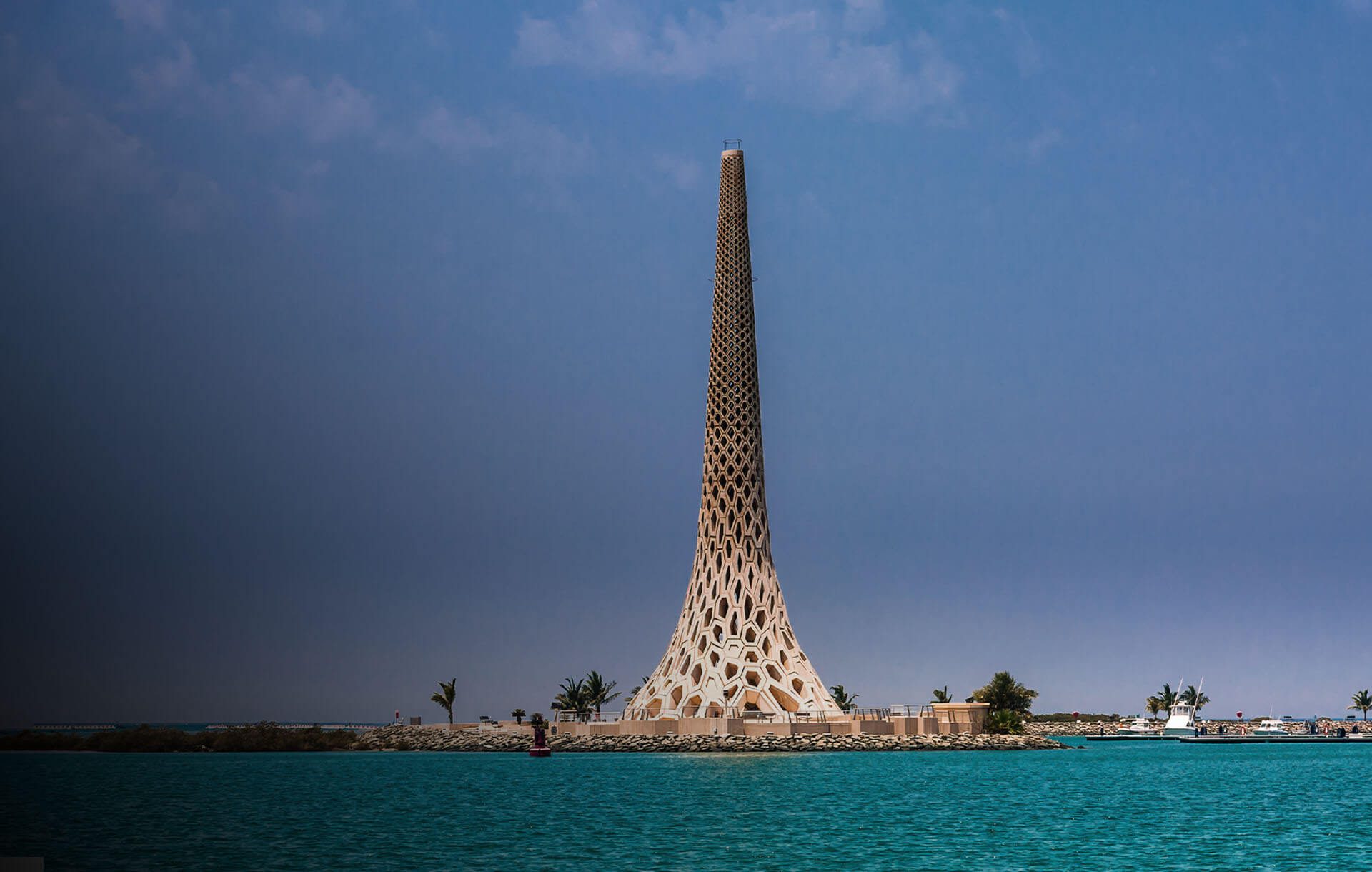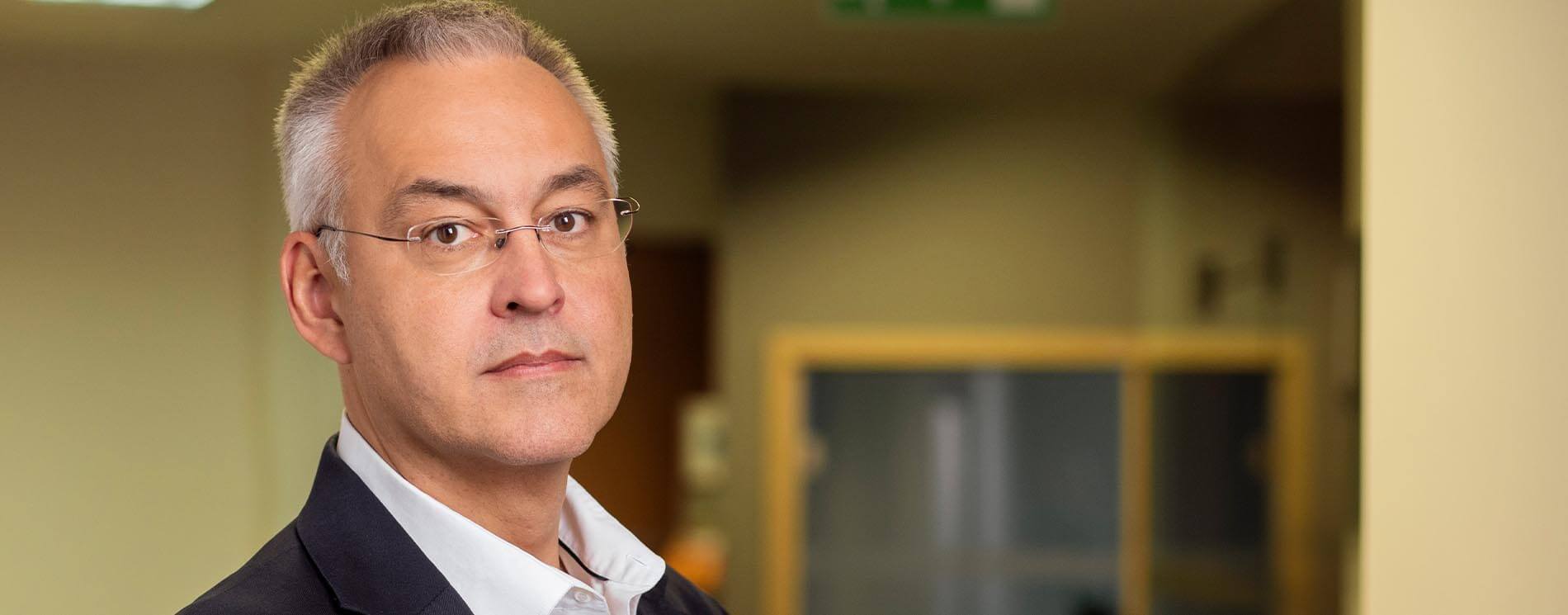The SAP S/4HANA migration project for King Abdullah University of Science and Technology was carried out by the Digital Transformation Center at All for One Poland. Specialized in SAP transformation projects, this team has successfully completed over 170 such projects, including more than 80 migrations to SAP S/4HANA. The team consists of more than 50 experienced consultants, divided into several groups, and additionally supported by experts from various SAP areas and technologies.
From my perspective, one of the biggest challenges of this project was the unique nature of and unconventional approach to the Business Partner, who, in this case, were also students. Harmonizing this role required close cooperation with the client to build a comprehensive student lifecycle management process, which involved implementing a namespace designed to handle this type of entity (Student’s Lifecycle Management). Additionally, the client required the use of a harmonized and unique identifier for the Business Partner across the entire system landscape, not only in SAP but also outside of it.
We carried out the harmonization of the business partner using the client ID with the help of the Harmonization Cockpit tool. In close collaboration with the client, we developed an algorithm for identifying golden records along with the entire data mapping logic. The harmonization was linked to student data, depending on the data used (e.g., grants). With student numbers and business partner data in place, the new mapping to the client ID had to meet the requirements for identification of golden records.
One of the biggest challenges of this project was the unique nature of and unconventional approach to the Business Partner, who, in this case, were also students
An additional requirement on the SAP IS (Industry Solution) side for the SLCM module (student data) was to retain the old value of the students’ identifier for future audits and backward compatibility with university interfaces (web services).
Another major challenge was the multi-domain nature of the project, which, in addition to the “typical modules" such as Finance, Controlling, Financial Reporting (SAP RAR), Sales and Distribution, Materials Management, and Plant Maintenance, also included less frequently used tools such as Flexible Real Estate Management and Funds & Grants Management. Additionally, we carried out integration with SAP SuccessFactors and OpenText.
Parallel to the tasks of the migration team, our team of SAP implementation and development specialists was responsible for all tasks related to the client’s future infrastructure and the deployment of additional tools working with S/4HANA. One of these areas is SAP Fiori, an overlay for the ERP system that presents data in a clear and readable way. This modern interface ensures that even people without technical expertise can easily use the software.
During the go-live weekend, there was an incident related to an uncontrolled change of data by a running background job of the client. This resulted in the failure to correctly save data into mapping tables (migration data). The project team resolved this issue before handing over the system. Although this incident was minor and quickly resolved, it illustrates well why one of the required elements in the project plan is the suspension of standard client-side programs.
The migration team faced the challenge of a tight schedule and the extensive scope of the project. The successful go-live took place in January 2024. All for One consultants were responsible for a wide range of configuration and functional customizations, as well as data migration and Basis work. This was made possible by leveraging the Bluefield approach and the CrystalBridge transformation platform.
The project was carried out entirely remotely. This was not entirely new to us; however, in this case, it seemed quite risky due to the scope of work and the cultural differences among the members of the project teams. Nevertheless, the commitment and determination of both sides once again proved that not only is it possible, but the outcome can also be highly satisfactory.
Michał Zemke,
Digital Transformation Center Team Leader, Poznań, All for One Poland




